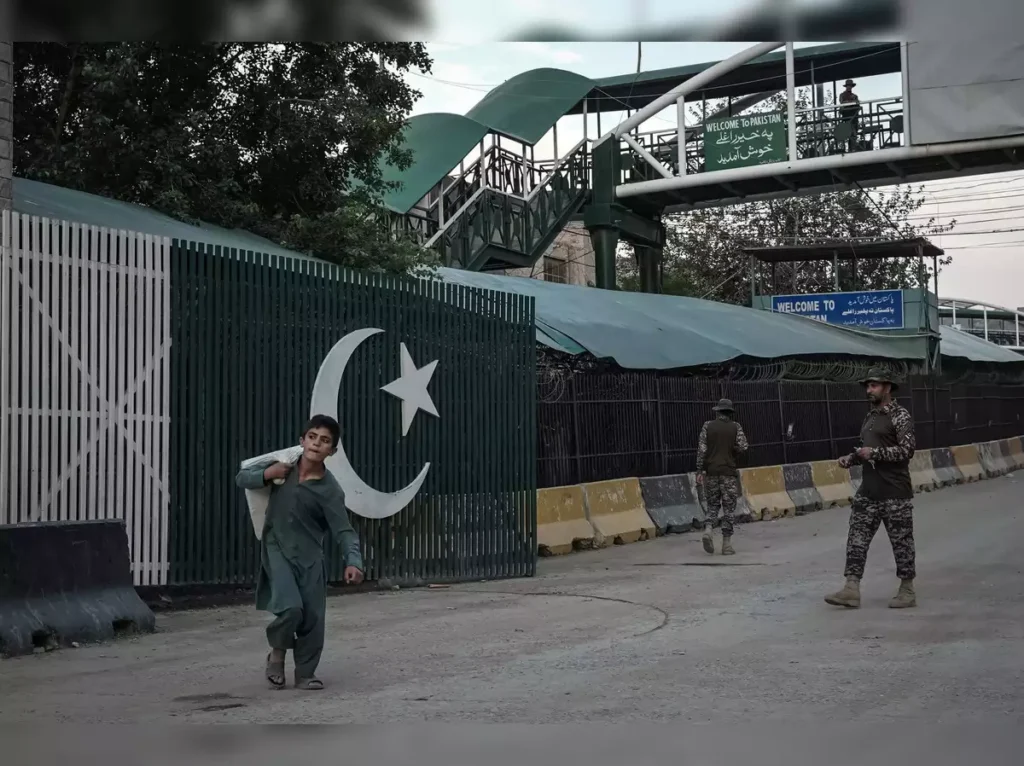The relationship between Pakistan and the Taliban has always been complex and multifaceted. From their historical ties to current geopolitical challenges and future possibilities, understanding the dynamics between these two entities is crucial for comprehending the broader regional stability in South Asia.

Historical Context
Early Ties and Support
Pakistan has had a long-standing relationship with the Taliban, dating back to the 1990s when the group first emerged in Afghanistan. During the Soviet-Afghan War, Pakistan, along with the United States and Saudi Arabia, supported various mujahideen groups, including what would later become the Taliban, to counter Soviet influence.
Strategic Depth Doctrine
Pakistan’s support for the Taliban has often been viewed through the lens of its strategic depth doctrine. By backing the Taliban, Pakistan sought to ensure a friendly government in Kabul that would provide a buffer against Indian influence in Afghanistan.
Current Relations
Diplomatic Engagements
Since the Taliban’s return to power in Afghanistan in August 2021, Pakistan has maintained diplomatic relations, albeit cautiously. Islamabad has engaged with the Taliban government, urging them to form an inclusive government and respect human rights, particularly those of women and minorities.
Security Concerns
Despite these engagements, security concerns have strained the relationship. The presence of the Pakistani Taliban (TTP) in Afghanistan and their cross-border attacks into Pakistan have led to increased tensions. Pakistan has repeatedly requested the Taliban to take action against TTP sanctuaries within Afghanistan.
Future Pakistan and Taliban Relations and Scenarios
Scenario 1: Strengthened Bilateral Cooperation
In this scenario, Pakistan and the Taliban could work towards strengthening bilateral cooperation. This would involve the Taliban addressing Pakistan’s security concerns regarding the TTP and enhancing economic ties through infrastructure projects like the China-Pakistan Economic Corridor (CPEC).
Scenario 2: Increased Tensions and Conflict
Alternatively, if the Taliban fail to curb TTP activities, Pakistan might escalate its military operations along the border. This could lead to increased conflict and instability in the region, further complicating the bilateral relationship.
Scenario 3: Regional Diplomatic Efforts
A more optimistic scenario involves regional diplomatic efforts where neighboring countries, including Pakistan, Iran, China, and Central Asian states, engage with the Taliban to foster stability and economic development in Afghanistan.
Challenges Faced by the Taliban
Governance and Legitimacy
The Taliban face significant challenges in governing Afghanistan. The lack of international recognition, economic sanctions, and internal divisions pose substantial hurdles to their ability to govern effectively.
Human Rights and Inclusion
Pressure from the international community to respect human rights and form an inclusive government continues to be a major challenge for the Taliban. Failure to address these issues could result in sustained sanctions and isolation.
Possible Setbacks
Security Issues
Ongoing security issues, particularly with groups like the TTP and ISIS-K, pose significant risks. These groups not only threaten the stability of Afghanistan but also strain relations with neighboring countries, including Pakistan.
Economic Instability
Afghanistan’s economic instability, exacerbated by sanctions and lack of international aid, presents another significant setback. Without economic stability, the Taliban’s ability to maintain control and provide for the Afghan population is severely limited.
________________________________________________________________________________________________________________
The relationship between Pakistan and the Taliban is a critical factor in the stability of South Asia. While historical ties and strategic interests bind them, current and future relations will largely depend on how both parties address mutual concerns and challenges. Enhanced cooperation could lead to regional stability, while unresolved issues might exacerbate conflict and instability.

